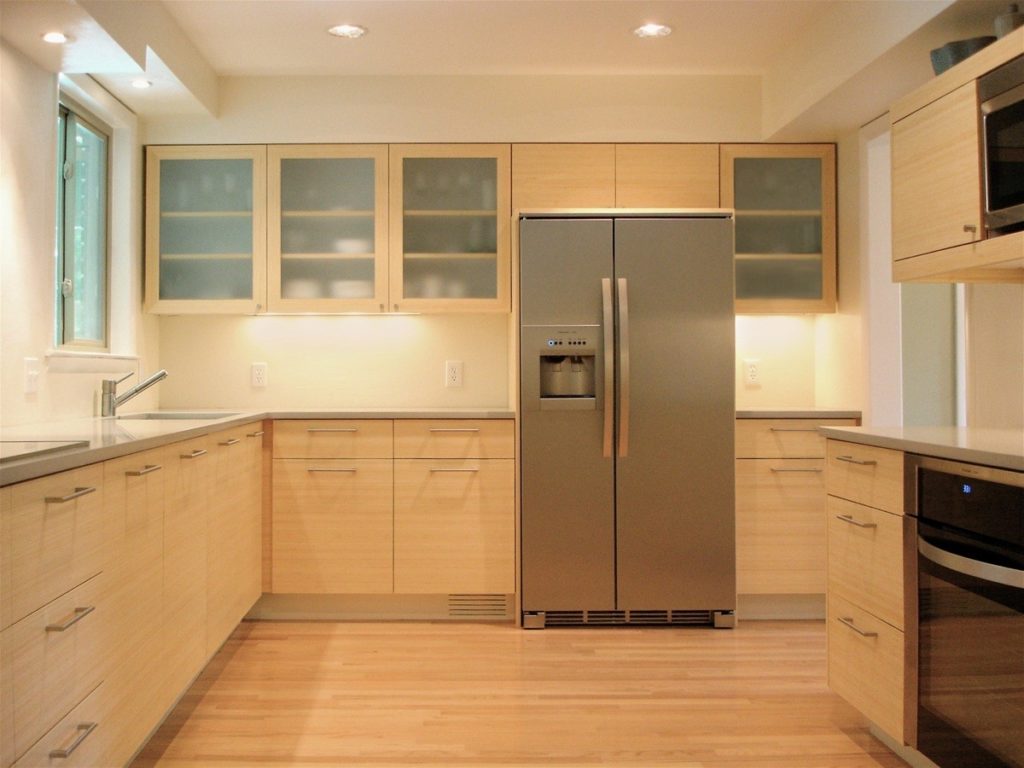
This is a guest post by Erik Braunitzer. If you want to guest post on this blog, check out the guidelines here.
The current state of the environment may seem alarming, but the truth is that most households can make a significant contribution to the reduction of strain put on natural resources by simply following a few suggestions for personal conservation in the home. The greatest area of waste in most houses occurs in the kitchen. Families do not need to severely alter their practices. Here are a few tips for conserving natural resources in the kitchen of most homes. These small alterations will benefit the environment and also create an individual savings on utilities.

Optimizing kitchen water use
Simple changes to the kitchen like the addition of a low flow water faucet or the inclusion of a stronger garbage disposal for grinding food scraps will benefit the environment. A slightly more costly investment that will bring about a greater personal savings on utilities while contributing to overall conservation efforts is to install a new energy and water efficient dishwasher. Many falsely believe that the dishwasher uses more water than traditional hand-washing, but the truth is most modern machines use less than a gallon of water per cycle. The additional benefit of internal heating helps to reduce utility cost by ensuring there is no lost heat due to the pipe transference of water from a heating unit to the kitchen. To expand the efficiency of a dishwasher even further, be sure to scrape all dishes and run the machine only when it is full. An additional time savings can be achieved if the door to the dishwasher is left open after the cycle is complete because the high water temperature will cause the water to evaporate if it can escape the confines of the machine.
True savings in lighting
We are all familiar with the rule of turning lights off when exiting a room, but there are also ways to conserve electricity when using the lights. The incandescent bulb is the oldest invention still in use in most homes, but it is fairly inefficient compared to modern lighting technologies. CFLs and LEDs are now also available in the standard socket sizes of incandescent but use a fraction of the energy to produce the same level of lighting. Many are dissuaded by their high initial cost, but over time their energy savings far exceeds the price of the bulb. Additional optimization in the kitchen can lead to better use of energy to light the space. Most homes are designed with a single centrally located light that often is a large fluorescent. By having a licensed electrician replace this lighting unit with a modular system that focuses light into specific work areas, one can easily cut electricity costs down to a fraction of their current levels.
Energy star appliances
There are several energy efficient certification organizations that categorize consumer appliances for their use of electricity. The biggest savings that occurs when investing in an energy efficient machine is usually seen with regard to the appliances that are constantly running like the refrigerator. While a smaller unit will automatically save money, similar savings can be achieved by looking for a high Energy Star rating when making a purchase. The cooking surface of an electric stove is also another opportunity to save money by investing in an energy efficient model. However, propane is still an efficient way to cook, since many homes are equipped with gas, as long as the appliance is used in the efficient manner outlined by the manufacturer.
Cost and environmentally friendly remodeling
It is fairly common for homeowners to desire a new look for their kitchen cabinets, countertops and flooring after a few years. Choosing materials that are sustainable can provide a fresh new look that is highly durable and environmentally friendly. Instead of a full replacement, refinishing cabinet doors with new paint and replacing the hardware can cut down on the cost of a new look while reducing general materials waste.
Going “green” does not have to impede the level of comfort or efficiency in a home kitchen. Making small changes that incorporate highly efficient products will provide the same experience while contributing to the overall community conservation efforts. The initial investment may be a little higher than other options, but the long term benefits of making a kitchen more energy efficient will reduce environmental impact while fostering greater savings.
Erik Braunitzer of Douglas Elliman Company, agents for New York City Real Estate.
Thanks for the environment friendly kitchen tips, housewives like me will surely appreciate it.
Good to know that I am applying most of the tips listed. :)